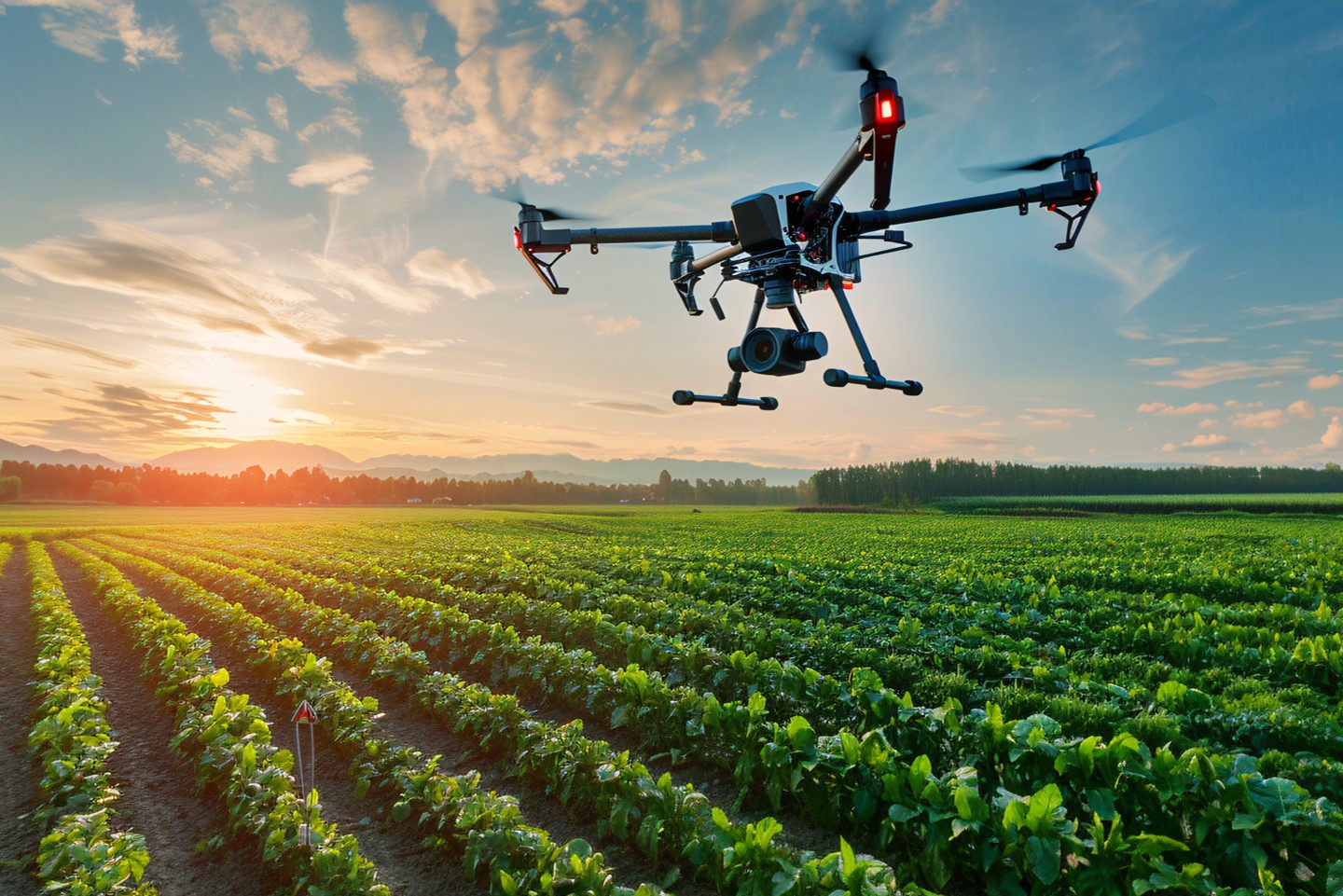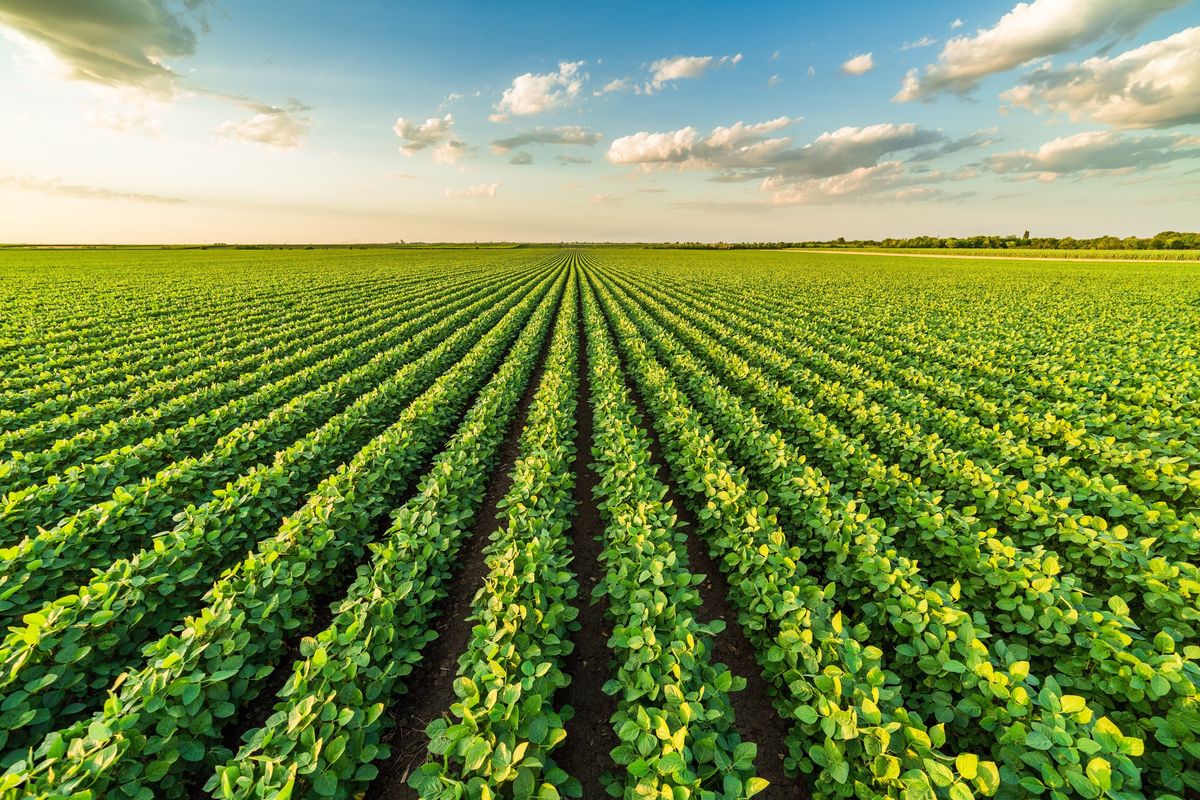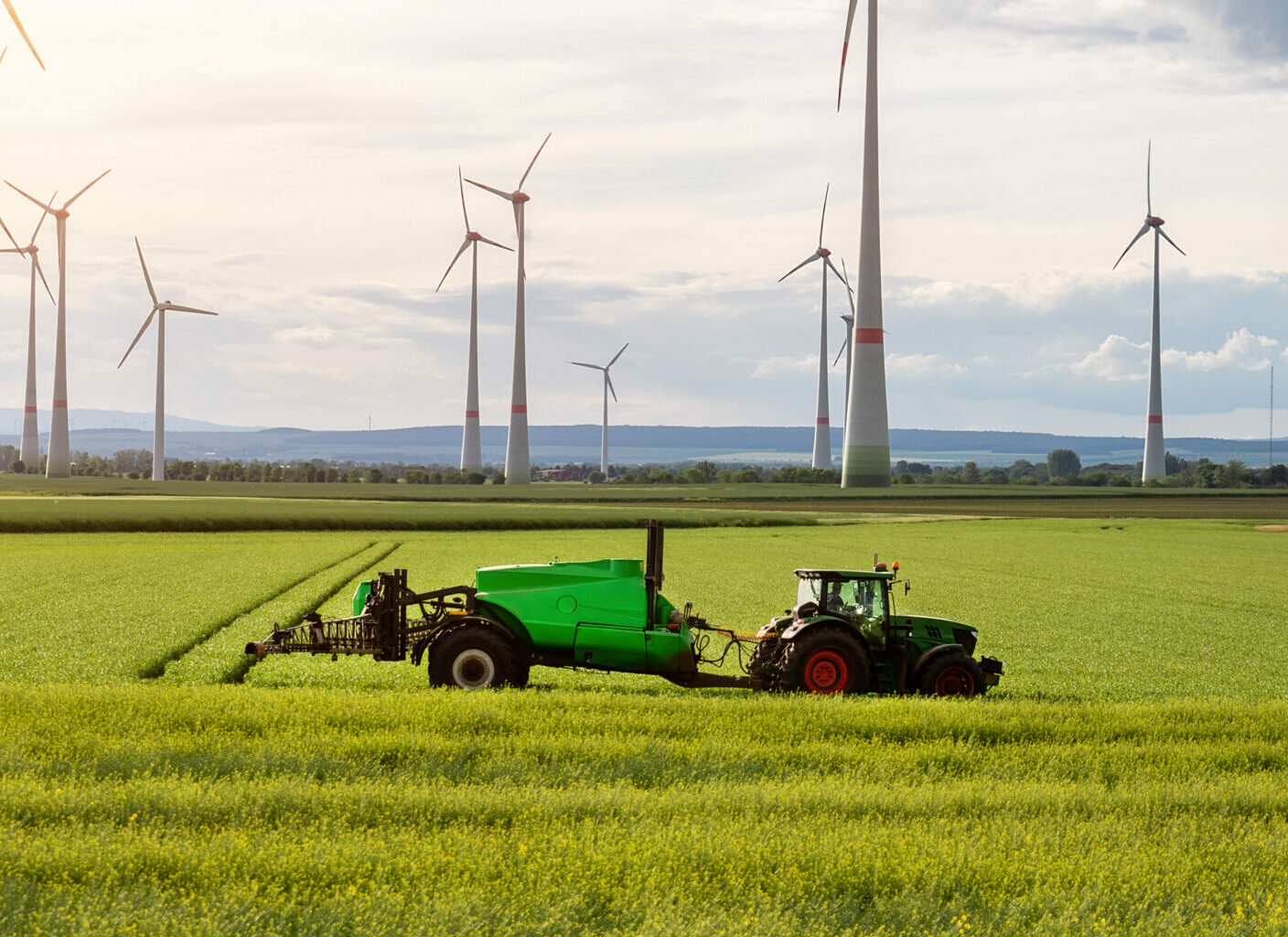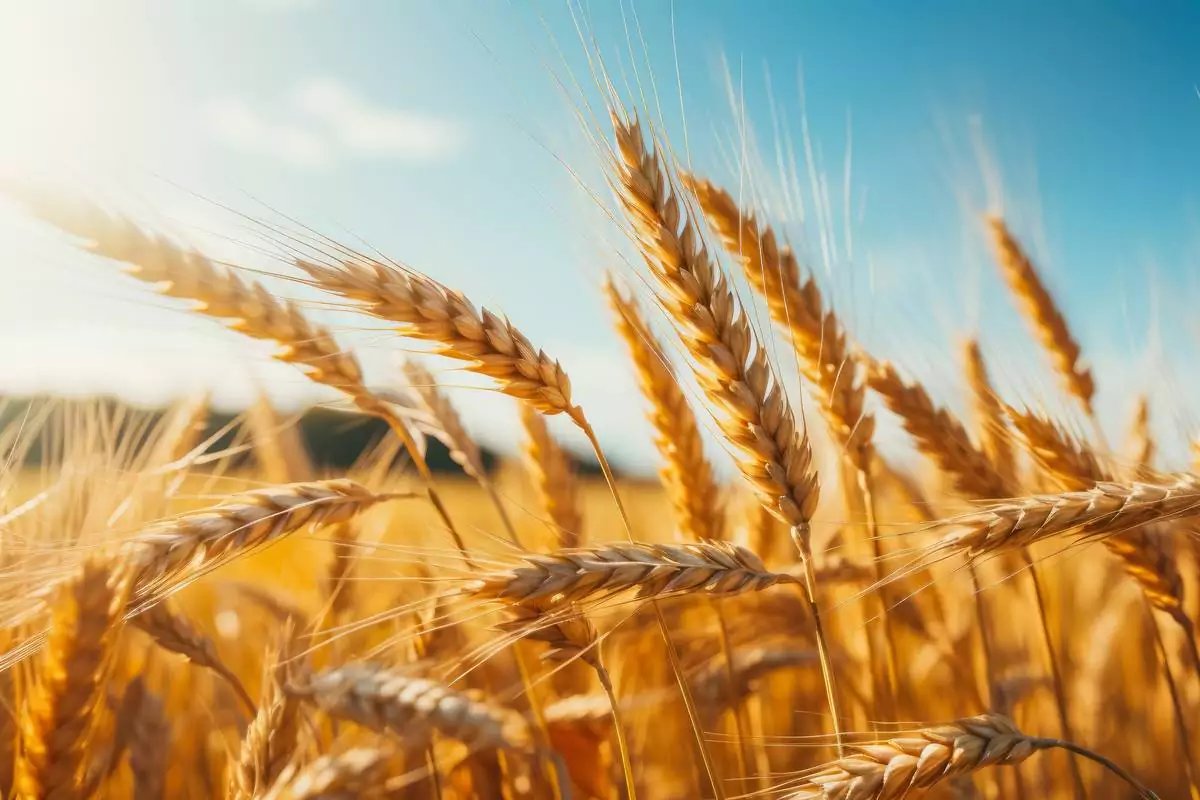How does variable rate technology work?
Variable rate technology enables agricultural inputs (fertilizers, seeds, pesticides, water) to be applied at variable rates according to the specific needs of each area of a field. There are two main types of VRT system: map-based, which uses pre-established prescription maps, and sensor-based, which adjusts applications in real time according to data collected by sensors.
Upstream data collection: the map-based VRT system
For the map-based method, data collection takes place upstream. Tools such as satellite imagery provide detailed information on field conditions, revealing variations invisible from the ground. Drones equipped with multispectral and thermal cameras collect data to detect plant stress, water deficiencies and pest infestations. And finally, samples, soil sensors and historical yield data complement this data to provide a complete picture of field conditions.
Once collected, the data is analyzed prior to field operations using Geographic Information Systems (GIS) software. The development of Big Data and artificial intelligence has improved predictive models. Platforms now offer solutions for visualizing and mapping data, creating predictive models of nutrient requirements and areas at risk of water stress.
These software packages enable the creation of prescription maps, detailing specific interventions to be carried out in different areas of the field and guiding equipment for optimized application of inputs.
Real-time data collection: the VRT sensor-based system
For the sensor-based method, data is collected in real time using sensors mounted on agricultural equipment during field operations. These sensors measure parameters such as soil fertility, moisture levels and crop health. Analysis is carried out instantaneously, using on-board systems. No pre-generated prescription cards are used, as prescriptions are created “on the fly” according to the real-time data collected, enabling immediate adaptation to field conditions.
The advantages of variable rate technology in agriculture
The adoption of variable rate technology offers considerable advantages for all stakeholders in the agricultural sector, including producers, consumers and the environment.
Advantage n°1: reducing inputs while maintaining yields
VRT, thanks to its adjustable nature, makes it possible to reduce the use of seeds, fertilizers and chemicals by applying the exact amount needed to each area of the field. It has been shown that in high-yield environments, the seeding rate can be reduced by 18% without adversely affecting soybean yields. This optimizes crop growth, limits wastage and reduces the quantity and therefore the cost of inputs. As a result of this optimization, harvests are often more abundant and of better quality, as the plants receive precisely what they need.
Advantage n°2: reducing the environmental footprint to support sustainability
Variable rate technology reduces agriculture’s environmental footprint by avoiding over-application of chemicals, soil and water pollution, helping to conserve natural resources. A study has shown that VRT significantly reduces nitrate leaching, i.e. the loss of these nutrients to groundwater. This method results in a residual level in the soil after harvest that is much lower (less than 45%) than that observed with the homogeneous fertilization strategy. By using fewer chemicals per hectare, farmers reduce soil damage and extend field life. What’s more, VRT makes it easy to trace everything that’s applied to fields, helping growers stay competitive by tracking every stage of production, from harvest to distribution. A good traceability system is a future-proof asset for farms, making it possible to answer questions about seeds, fertilizers used, mixtures applied and harvest time.
The challenges of adopting variable rate technology
Despite its many advantages, the adoption of variable rate technology in agriculture poses several significant challenges. One of the main challenges lies in making this technology accessible to all farmers.
Challenge n°1: bearing the high initial costs
Adopting variable rate technology requires a high initial investment in specialized equipment such as seed drills, sprayers and variable rate irrigation systems, as well as data management and analysis software. Despite government aids, such as those offered by France’s chambers of agriculture, these costs remain a major challenge for small and medium-sized farms, raising questions about the availability of more affordable solutions for these operators.
Challenge n°2: understanding the complexity of the technology
Implementing variable rate technology represents a technical challenge for farmers, requiring advanced skills to install and use the technology effectively. To maximize the benefits of VRT, in-depth training and ongoing support are essential to ensure complete mastery of these tools while optimizing their use in the field.
The management and integration of collected data into specialized systems also poses additional challenges, such as interoperability, sharing and ownership of agricultural data, which could limit widespread adoption of the technology in the agricultural sector.
Variable rate technology marks a major advance for agriculture, improving yields, resource management and environmental sustainability. However, its adoption requires significant investment in specialized equipment, training and advanced data management. Recent advances such as machine learning, IoT and blockchain promise to further enhance VRT, optimizing inputs, automating data collection and ensuring traceability. Alcimed is ready to support you in your innovation projects. Don’t hesitate to contact our team!
About the author,
Virgile, Consultant in Alcimed’s Life Sciences team in France.



